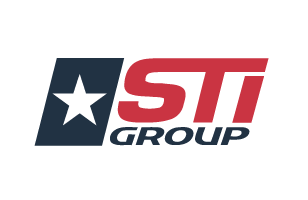Industrial fabrication requires an unwavering commitment to quality and safety. Industrial fabrication companies should thus utilize certain best practices to ensure that these standards are met every time with every unit that is shipped. Some keep areas of focus for maximizing safety and quality include certifications and standards, weld quality and selection, quality assurance and testing, and an overall emphasis on the Six Sigma model of manufacturing.
Certification and Standards
Different fabrication projects will need to meet different standards as outlined by the industries and regulatory bodies that oversee them. For example fabrication of pressure vessels will require different standards than the fabrication of steel ladders. However, in general some key standards and certifications to look for in fabrication companies include:
- ASME certification
- NCCER certification
- API Spec Q1
- ISO 9000
It is also important to ensure that the highest quality materials are being used for the fabrication project. Material standards are set forth by organizations such as ASTM International and The American Concrete Institute (ACI).
Welding Quality and Selection
Different welding processes are better suited to different metals and fabrication projects. It is important to ensure that the welding process being used yields adequate penetration and strength and that it also meets the project’s timeline and budgetary considerations. Some key welding processes to consider include:
- GTAW, also known as TIG welding
- GMAW, also known as MIG welding – Short Arc and PULSE
- SMAW, also known as Shielded Metal Arc Welding
- FCAW, also known as Flux Core Welding
- SAW, also known as Submerged Arc Welding
Each process is best suited to different applications and demands, so it is important to check that the fabrication provider is able to perform the type of welding needed for the project.
Quality Assurance and Quality Control
It is also imperative that weld quality and other aspects of fabrication undergo rigorous testing and QA/QC before the finished products are received by clients. For Example STI Group’s quality control program includes each of the following:
- Policy and Authority
- Organization standards
- Duties and Responsibilities
- Code Stamp Control
- Document Control
- Testing Requirements
- Calibration
- Record Retention
- Inspection
Our quality control inspectors are also AWS and ASNT certified. This results in a high level of precision and consistently excellent results. For example STI Group typically maintains a rejection rate of less than 1% on all diameters of pipe spool.
Applying the Six Sigma Model
The key safety and quality practices for industrial fabrication discussed above are well embodied by the Six Sigma Model, which is a manufacturing methodology designed to reduce costs, inefficiencies, and quality issues by reducing variation. This ensure consist, high quality results. There are five key steps involved in the Six Sigma model, which are often collective referred to as DMAIC. They include:
- Defining
- Measuring
- Analyzing
- Improving
- Controlling
STI Group is proud to integrate the Six Sigma model into our fabrication process. We also maintain ASME’s “U,” “S,” and NBIC “R” stamps and our welders are NCCER certified. Meanwhile we work closely with clients to ensure that all other industry standards are met for their projects while also maintaining rigorous QA/QC practices and a wide array of capabilities and customization options. Safety and quality are always our top concerns.

